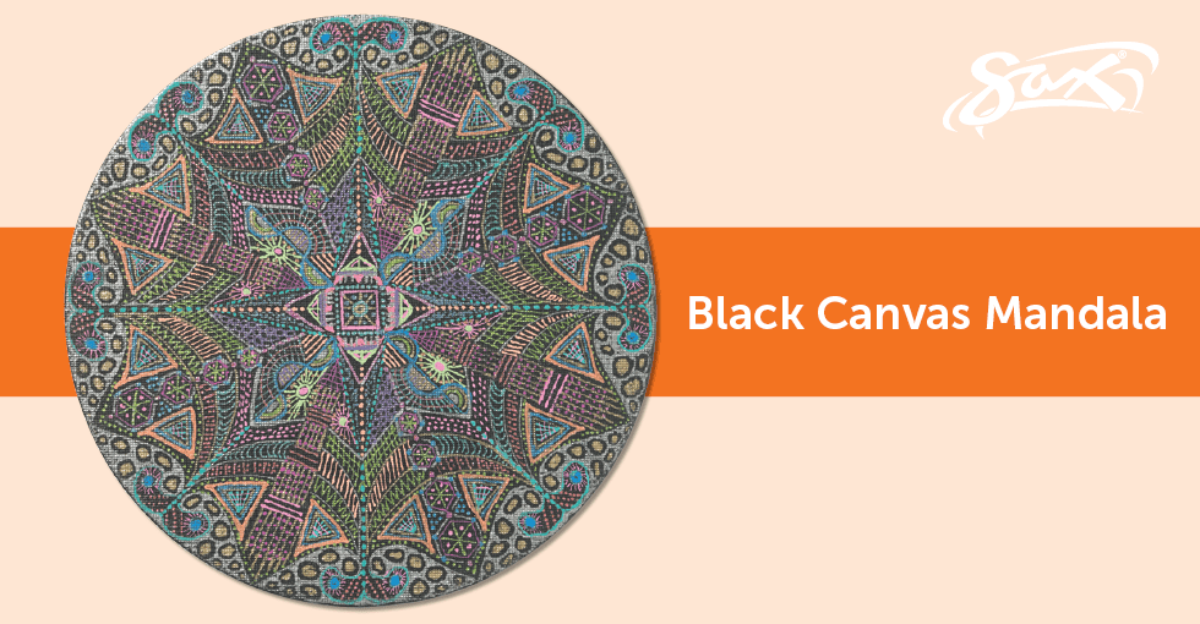It seems mandalas are all the rage, particularly with the growing popularity of the adult coloring book. But the truth is that these timeless designs have been in use for thousands of years by cultures all over the world.
The circular shape of the mandala seems historically to represent the universe, life, and the natural order. The sectional nature of the design has been thought to connote the repetitive cycles of life—day and night, the changing of the seasons, life and death. And the oft-found cross symbol in the center of the mandala may have been a symbolic representation of north, south, east, and west or perhaps a man, standing, arms out to the side.
Whatever the interpretation, mandalas can be found in jewelry from the Middle Ages, European architecture, Mexican paper cuttings, even on colonial quilts! While there are many variations on the mandala, the one we’re most familiar with is the mandala from India.
With this project, your students will create an Indian-style mandala, using their own, custom, geometric shapes, patterns, and symbols. They’ll repeat these patterns across each section of their mandala, practicing the art of radial symmetry. Using black canvas and gel pens, the end result will look much like the traditional bead-worked mandalas of the past.
Download a complete lesson plan for this project, including images, step-by-step directions, and a materials list, today!






Leave a Reply